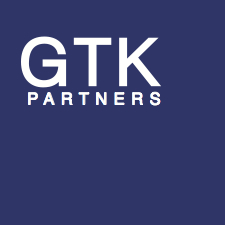advanced mobility: Even bigger than appreciated
The transportation technology market is striking in two ways:
- The $2 trillion annual market size of the vehicle market means small but broad impacts, as well as nichey and deep changes, are big news in themselves.
- Media coverage tends to emphasize stories -- good or bad -- about the "death of the steering wheel" in passenger vehicles. The focus on a widely available self-driving passenger vehicle is masking the enormous size and frequent success of near-term opportunities.
Every year the world purchases approximately 75MM passenger and 25MM commercial vehicles, with enormous benefits and downsides:
- Trillions of dollars tied up in infrequently used vehicles.
- 1.3MM accident deaths per year (about 40,000 in the U.S.).
- Driver fatigue and time lost to traffic.
- Enough fuel burned to fill the TransAmerica Pyramid's 48 floors twice every day, a significant driver of pollution and global warming.
To make sense and make money in the transportation technology market, we suggest focusing on the following:
- Specific features applicable to broad populations. These include features consumers seek (blind spot assist, performance, and entertainment systems), brand-enhancing advanced features (such as Plug & Play Mobility Anchor Partner Mercedes’ Distronic Plus with Steering Assist) or ones that auto manufactures standardize (Toyota's SafetySense collision avoidance).
- "Driver-less" deployment in "closed field applications” (rather than general purpose consumer vehicles): shuttles, buses and taxis are already deployed in limited areas (San Ramon in the Bay Area, Singapore and Las Vegas, respectively). Waymo is making great progress in this segment. Trucking is interesting too, including partial-autonomy solutions.
For cars to someday drive themselves, hundreds of thousands if not millions of suitably equipped cars are needed to collect information on how humans drive. This is a big reason why even if you don't purchase the AutoPilot option Tesla includes the 22 sensors and keeps the data rights. LIDAR, a laser-based radar system, is considered a necessity by almost every manufacturer, which is why "LIDAR" vision startups have attracted $100MMs of capital and a few buyouts. Plug & Play Mobility Ecosystem Partner and Tier I auto supplier Valeo has put special emphasis on near-term affordable advanced components, and its LIDARs are deployed in autonomous shuttles already.
In addition, lots of the components (cameras, radar, connectivity) are becoming table-stakes in developed-world new vehicles and increasingly elsewhere. Affordable and aesthetic autonomy isn't here yet, which is why the big deals are about talent, and happen well before a finished product is available: acquirers and investors pay $25MM+ per Ph.D. for teams of technologists. GM and Ford paid a $1BN each for Cruise and Argo, respectively, and Delphi acquired NuTonomy for $450MM.
